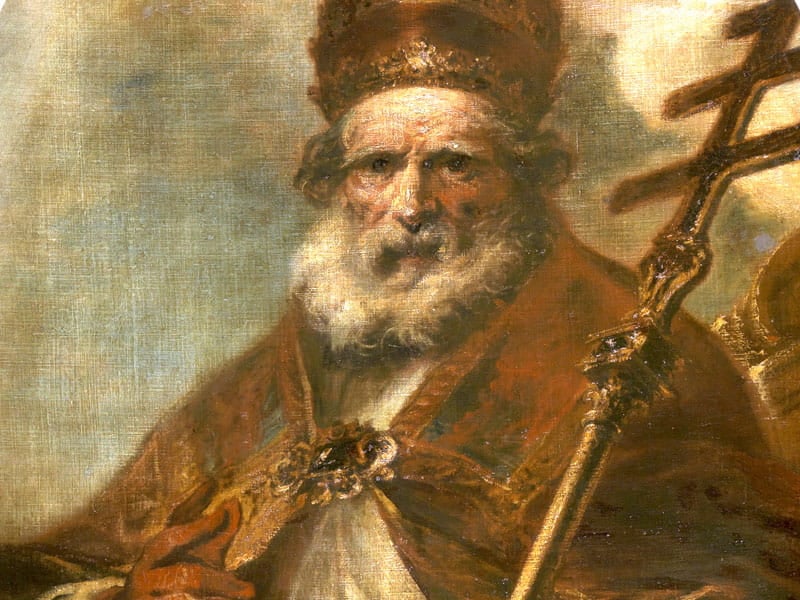St. Leo the Great (d. 461)

With apparent strong conviction of the importance of the Bishop of Rome in the Church, and of the Church as the ongoing sign of Christ’s presence in the world, Leo the Great displayed endless dedication in his role as pope. Elected in 440, he worked tirelessly as "Peter’s successor," guiding his fellow bishops as "equals in the episcopacy and infirmities."
Leo is known as one of the best administrative popes of the ancient Church. His work branched into four main areas, indicative of his notion of the pope’s total responsibility for the flock of Christ. He worked at length to control the heresies of Pelagianism, Manichaeism and others, placing demands on their followers so as to secure true Christian beliefs. A second major area of his concern was doctrinal controversy in the Church in the East, to which he responded with a classic letter setting down the Church’s teaching on the nature of Christ. With strong faith, he also led the defense of Rome against barbarian attack, taking the role of peacemaker.
In these three areas, Leo’s work has been highly regarded. His growth to sainthood has its basis in the spiritual depth with which he approached the pastoral care of his people, which was the fourth focus of his work. He is known for his spiritually profound sermons. An instrument of the call to holiness, well-versed in Scripture and ecclesiastical awareness, Leo had the ability to reach the everyday needs and interests of his people. One of his Christmas sermons is still famous today.
-
St. Ignatius of Antioch (d. 107?)
-
Birth of Mary
-
St. John Leonardi (1541?-1609)
-
St. Peter of Tarentaise (c. 1102-1174)
-
St. Denis and Companions (d. 258?)
-
Venerable Solanus Casey (1870-1957)
-
St. John Neumann (1811-1860)
-
St. Aloysius Gonzaga (1568-1591)
-
St. Francis Xavier (1506-1552)
-
Charles Lwanga and Companions (d. 1886)


